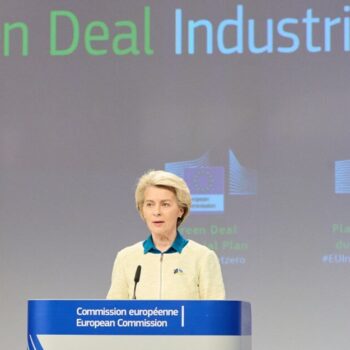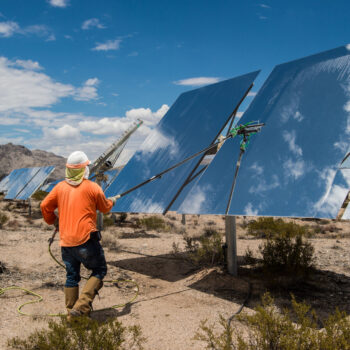Tomorrow, Council and European Parliament start negotiations on elements of the “Clean Energy for All Europeans” package related to the design of electricity markets. The success or failure of last weeks’ agreements notably setting new EU 2030 clean energy targets will very much depend on the outcome of the negotiations on electricity market design. This means that the ambition of the overall package still very much lies in the balance, as the Council has adopted a conservative and business-as-usual approach while the Parliament is championing the transition to a competitive, consumer-centered and decarbonised electricity system.
It was no small feat for European co-legislators to reach an agreement on the first half of the ‘Clean Energy for All Europeans’ package, updating energy efficiency and renewable energy measures, setting new 2030 objectives, and creating a brand-new governance approach to reach them. But they will not be able to rest on their laurels too long. Whilst the agreed ‘mini package’ will set the overall level of ambition and general framework to ensure certainty and stability for investors, the market design package is what will make possible the reduction of the EU’s dependence on fossil-fuel fired power generation and the integration of higher shares of renewable electricity at lower costs.
Through new European electricity market rules, Council and Parliament will significantly influence the pace, scale and cost of the clean energy transition. They have the potential to trigger the development of zero-carbon forms of flexibility in the form of demand response, storage, or better use of interconnections. They can promote competition between incumbents and new innovative business models. They can ensure that all European citizens can participate in and directly benefit from the energy transition.
Agreement on this package will require intense and sometimes heated negotiations. Similarly to the dynamics witnessed throughout the clean energy package negotiations, the European Parliament has proven itself as an effective promoter of a faster energy transformation, whilst the Council position includes not-so-subtle provisions to protect their incumbents from competition arising from new energy market players – new business models, consumers, or renewables.
Proponents of a fast transition to a decarbonised and consumer-centered energy system will pay close attention to whether the final outcome:
1. Sets the conditions to transition to a distributed, flexible and renewables-based electricity system, notably by determining the roles and responsibilities of distribution and transmission system operators. Read ClientEarth’s assessment of the proposals and positions on these topics here.
2. Unlocks Europe’s demand side flexibility potential – a unique opportunity to grow a consumer-based, cost-competitive and zero-carbon source of flexibility crucial for the decarbonisation of Europe’s energy sector. See E3G’s overview of key provisions to that purpose, and an overview of Council vs Parliament positions in this.
3. Harnesses the tremendous benefits of building a truly integrated internal market for electricity, through regional coordination, better use of interconnections, and a European approach to security of supply. Read RAP’s analysis on these topics in ‘Realising the benefits of European market integration’ and in this presentation.
4. Establishes a common and robust European framework for capacity mechanisms to manage the risks they pose: poorly justified and badly designed, it’s been proven that they can delay market reforms, can be a brake to cross-border integration, and can prolong the dependence on high-carbon assets. Read E3G’s analysis of Council vs Parliament proposals on this topic here.
Tomorrow will only skim the surface of these issues, but European negotiators will aim to agree on all this by early December 2018. They have a busy summer and autumn ahead of them.


